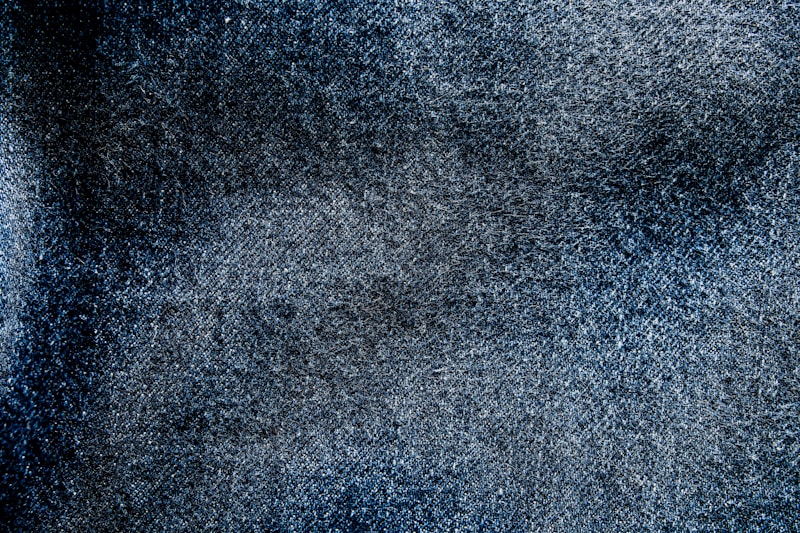Mastering the Art of Understanding Fabric Limitations: A Comprehensive Guide
In today's world of fashion and textile design, the ability to understand fabric limitations is paramount. Whether you are a designer, a fashion enthusiast, or someone exploring sewing as a hobby, having a grasp of the different fabric types and their specific capabilities can significantly influence your projects. This article will delve into the various facets of fabric limitations, providing you with the knowledge and insights needed to make informed choices in your fabric selection. We will cover fabric properties, suitability for different projects, and how to overcome common challenges.
What Are Fabric Limitations?
Fabric limitations refer to the constraints and characteristics inherent in various materials that can affect their performance, durability, and suitability for particular uses. These limitations can be attributed to several factors, including the fiber content, weave structure, finish, and weight of the fabric. Understanding these factors is crucial for designers and hobbyists alike.
The Importance of Knowing Fabric Limitations
Understanding fabric limitations is essential for several reasons:
- Quality of Finished Products: Knowledge of fabric properties ensures you choose the right material for your desired project, influencing both the aesthetic and functional aspects.
- Cost-Effectiveness: By selecting appropriate fabrics, you can minimize waste and avoid costly mistakes that arise from using unsuitable materials.
- Durability: Awareness of each fabric's limitations helps you select materials that can withstand the intended use, enhancing the longevity of your creations.
Different Types of Fabric and Their Limitations
There are numerous types of fabrics, each with its unique set of limitations. Below, we explore some of the most common fabric types and their characteristics:
| Fabric Type | Properties | Limitations |
| Cotton | Breathable, soft, and absorbent. | Can shrink in the wash, limited stretch. |
| Silk | Luxurious feel, excellent drape, and sheen. | Delicate, prone to damage, and requires special care. |
| Wool | Warm, resilient, and moisture-wicking. | Can be itchy, limited washability, may shrink. |
| Polyester | Durable, easy to care for, and resistant to wrinkles. | Less breathable, can retain odors. |
| Nylon | Strong, elastic, and quick-drying. | Slippery, may fade in sunlight, can be less comfortable. |
Dissecting Common Fabric Limitations
Cotton Limitations
While cotton is a popular choice due to its comfort and breathability, its tendency to shrink and lose shape when washed can be a significant drawback. Moreover, its lack of elasticity means that cotton garments may not fit as snugly as those made from stretch fabrics.
Silk Limitations
Silk, known for its luxurious texture and appearance, is also quite delicate. It requires dry cleaning or gentle washing to maintain its quality, making it less practical for everyday clothing. Its susceptibility to fading when exposed to sunlight limits its use for certain applications.
Wool Limitations
Wool has superior insulation properties, making it an excellent choice for winter wear. However, some individuals find wool itchy, which can deter them from its use. Additionally, improper washing may lead to felting, and individual fibers can degrade if not cared for rightly.
Polyester Limitations
Polyester is favored for durability and ease of maintenance. Nonetheless, it lacks the breathability of natural fibers, which can lead to discomfort in warmer weather. Furthermore, polyester can retain unpleasant odors, especially when worn during physical activities.
Nylon Limitations
Nylon fabrics are incredibly strong and resistant to wear. However, they can be slippery to work with, making them challenging for sewing projects, especially for beginners. Their tendency to fade in sunlight can also limit their use in outdoor applications.
How to Overcome Common Fabric Limitations
While understanding fabric limitations is essential, knowing how to overcome them can make a significant difference in your projects. Here are several strategies to consider:
Pre-Wash Your Fabric
Always pre-wash fabrics, especially cotton and wool, to minimize shrinkage after the final garment is made. This step allows you to anticipate how your fabric will behave in the long run.
Choosing Blends
Fabric blends, such as cotton-polyester or silk-wool, can offer the best of both worlds, combining positive attributes while mitigating some limitations. For example, a cotton-polyester blend retains breathability and comfort but has a lower tendency to wrinkle.
Understanding Care Instructions
Familiarize yourself with proper care and cleaning methods for each fabric type. Some may require special washing techniques to maintain their integrity over time, while others may benefit from specific drying or ironing methods.
Experiment with Stabilizers
When working with lightweight or slippery fabrics like silk or nylon, consider using stabilizers or interfacing to add structure and prevent distortion during sewing.
Tailoring Fit to Fabric
By choosing patterns and designs that complement the limitations of your fabric choice, you can create pieces that not only look great but also fit well. For example, using more structured designs with wool or heavier fabrics can highlight their strengths.

Conclusion: The Path to Fabric Mastery
Understanding fabric limitations is a critical skill that can greatly enhance your creative endeavors. By grasping the characteristics of different materials and learning to navigate their inherent constraints, you can choose the perfect fabric for every project. Awareness of how to work around fabric limitations not only leads to better quality garments but also saves you time and money in the long run.
As you embark on your next sewing adventure, remember to take the time to research fabric options and consider their limitations. With practice and knowledge, you will master the art of fabric selection, ensuring that your creations are as beautiful as they are functional. Happy sewing!